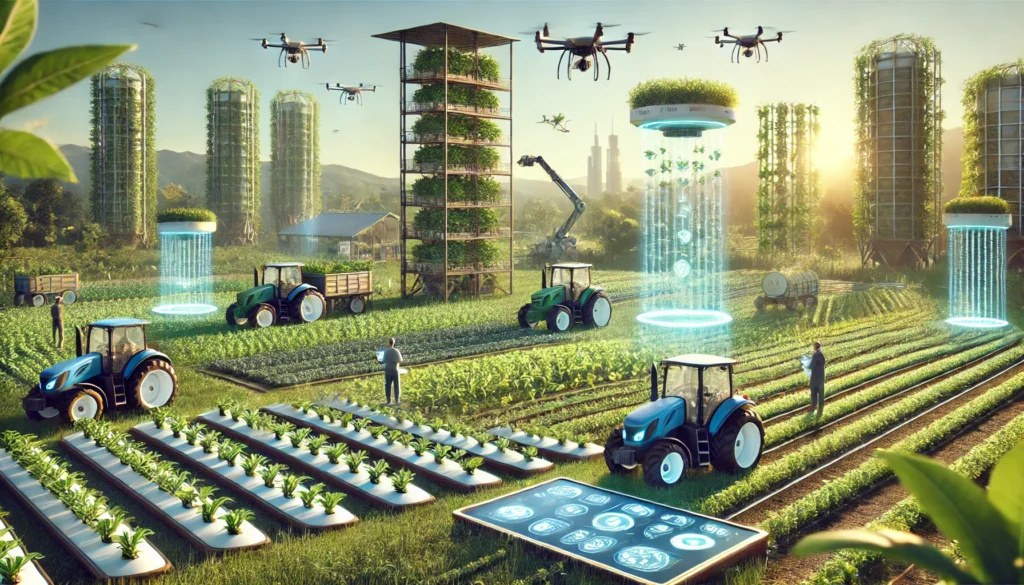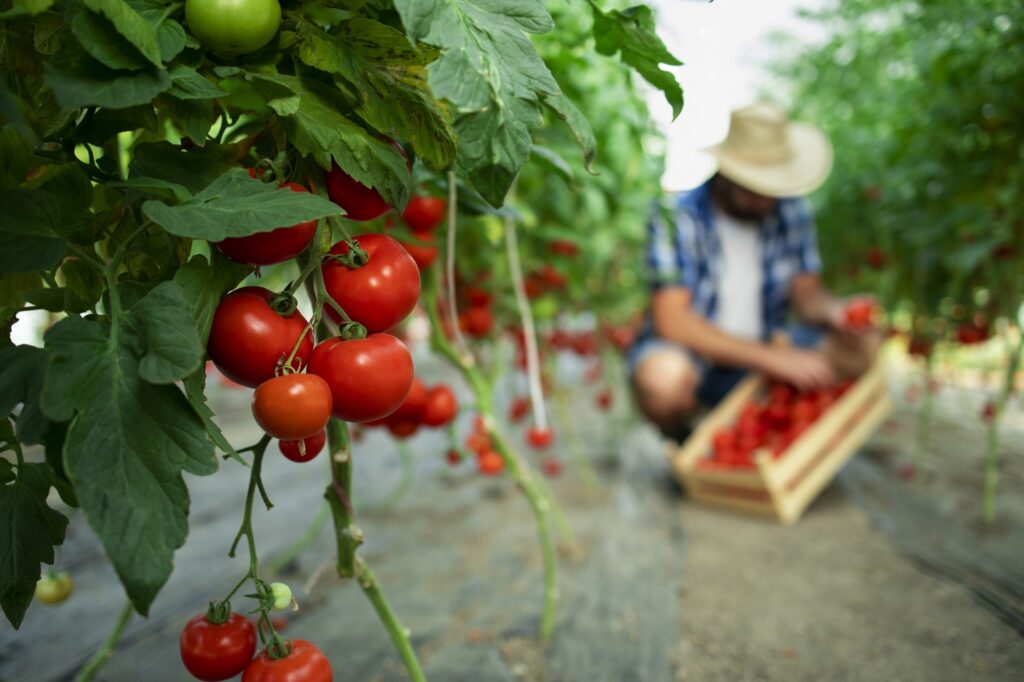Water is the lifeblood of agriculture, but with climate change straining freshwater supplies, we need smarter ways to use it. Enter smart irrigation, a tech-driven solution that’s changing how farmers water their crops. By integrating Internet of Things (IoT) devices, weather data, and automation, smart irrigation ensures every drop counts, boosting crop health while conserving resources.
At its core are soil moisture sensors buried in fields, constantly monitoring water levels. If the soil’s too dry, the system triggers sprinklers or drip lines; if it’s saturated, it holds off. Weather forecasts add another layer—why irrigate if rain’s coming? IoT connects these tools to a central platform, often accessible via a farmer’s smartphone, allowing real-time adjustments from anywhere. Some systems even use AI to analyze historical data and predict future needs, fine-tuning schedules for maximum efficiency.
The impact is huge. Traditional irrigation often wastes water through overapplication or runoff, but smart systems can cut usage by 20-50%, vital in drought-prone areas. Healthier crops emerge, too, as they’re neither parched nor waterlogged. For farmers, this means lower costs—less water pumped, less energy spent. Environmentally, it reduces strain on rivers and aquifers, preserving ecosystems downstream.
Take Israel, a leader in this tech: with scarce rainfall, they’ve turned deserts green using drip irrigation guided by sensors. Small farmers elsewhere are catching on, with affordable, solar-powered systems democratizing access. Still, challenges linger—sensors need maintenance, and upfront costs can pinch. Connectivity issues in remote areas can disrupt IoT networks, too. Yet, as tech evolves, smart irrigation promises a future where agriculture thrives with less, proving innovation can water the world sustainably.


